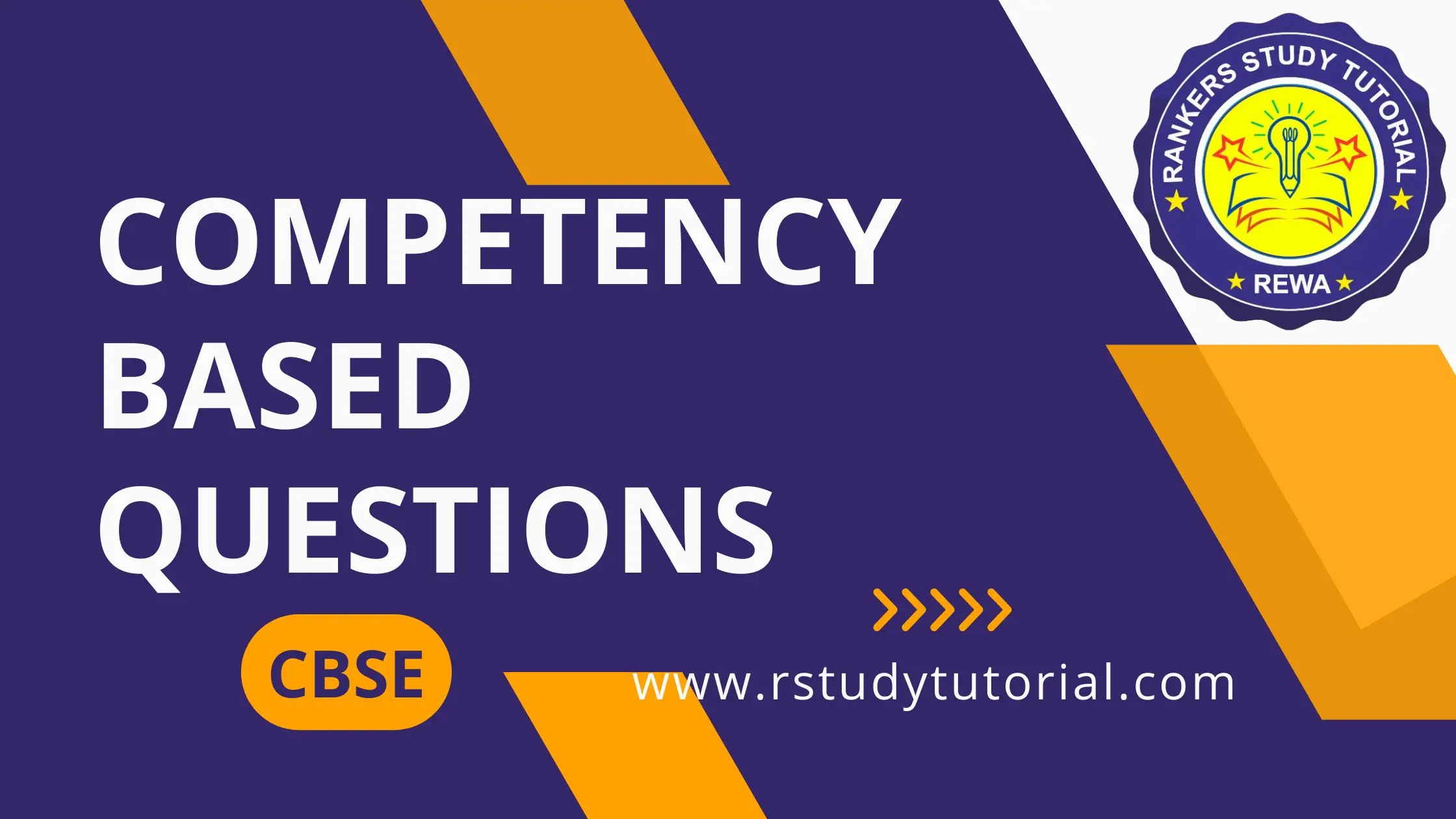Hint: Give examples of theorems, postulates and axioms in order to differentiate between them with examples.
Question.1. Consider the statements below.
Statement 1: A straight line can be drawn joining any two points.
Statement 2: Two distinct lines can have only one point common.
Which of these is true?
(a) Statement 1 is a postulate and Statement 2 is a theorem.
(b) Statement 1 is a theorem and Statement 2 is a postulate.
(c) Both statements are theorems.
(d) Both statements are postulates.
Question.2. Consider the statements below.
Statement 1: Things that are equal to the same thing are equal to one another.
Statement 2: The whole is greater than the part.
Which of these is true?
(a) Statement 1 is a theorem and Statement 2 is an axiom.
(b) Statement 1 is an axiom and Statement 2 is a theorem.
(c) Both statements are theorems.
(d) Both statements are axioms.
Ans.1. (a) Statement 1 is a postulate and Statement 2 is a theorem.
Ans.2. (d) Both statements are axioms.
Hint: Reproduce Euclid’s axioms in your own words in order to give examples for each.
Question.3. Two quantities A and B are such that A = B. Which of these equations illustrates the Euclid’s axiom “If equals are added to equals, the wholes are equals”?
(a) A+x=B-x
(b) A+x=B+x
(c) A+x=B
(d) A \times x=B
Question.4. Two tanks have equal volume of water. After 10 L of water is taken out from each tank, the tanks still have the same volume. Which of these axioms is demonstrated by this situation?
(a) If equals are added to equals, the wholes are equals.
(b) If equals are subtracted from equals, the wholes are equals
(c) Things which are equal to the same thing are equal to one another.
(d) A whole is greater than the part.
Ans.3. (b) A+x=B+x
Ans.4. (b) If equals are subtracted from equals, the wholes are equals
Hint: List Euclid’s 5 postulates in order to visualize and illustrate them through a diagram.
Question.5. To illustrate the postulate “A line segment can be produced indefinitely”, two students drew the following diagrams.
(a) Only Student 1 is correct.
(b) Only Student 2 is correct.
(c) Both students are correct.
(d) Neither student is correct.
Question.6. Observe the figure shown.
(a) p + q < 180°
(b) r + s < 180°
(c) p + r < 180°
(d) s + q < 180°
Ans.5. (c) Both students are correct.
Ans.6. (b) r + s < 180°
Hint: Analyze given statements/postulates in order to determine if they are extensions of Euclid’s postulates.
Question.7. Based on Euclid’s postulate, how many line(s) can pass through 3 collinear points?
(a) 1
(b) 2
(c) 3
(d) Infinite
Question.8. Raj drew a line passing through the points P, Q, and R. Kiran drew a line passing through Q and R. Which statement about the lines they drew is correct?
(a) The lines coincide.
(b) The lines are parallel.
(c) The lines are perpendicular.
(d) The lines meet at two points but are not perpendicular.
Ans.7. (a) 1
Ans.8. (a) The lines coincide.
Hint: Apply Euclid’s postulates in order to prove basic geometrical concepts about lines, points, planes, shapes, etc.
Question.9. Consider the given statement:
From the vertex of a triangle ABC, only one median can be drawn.
Which of the following helps prove the given statement?
(a) A circle can be drawn with any centre and any radius.
(b) A terminated line segment can be drawn indefinitely.
(c) Given any two points, only one line can be drawn passing through them.
(d) All right angles are equal to one another.
Question.10. Rajat drew a circle with centre M and radius 10 cm. He then made following claims using Euclid’s postulates.
Claim 1: It is possible to construct infinite circles each with center M and that lie inside the given circle.
Claim 2: It is possible to construct infinite circles each with center M and that lie outside the given circle.
Which statement is true?
(a) only Claim 1 is correct
(b) only Claim 2 is correct
(c) both the claims are correct
(d) neither of the claims is correct
Ans.9. (c) Given any two points, only one line can be drawn passing through them.
Ans.10. (c) both the claims are correct
Hint: Illustrate the equivalent of Euclid’s fifth postulate through a diagram in order to list conditions for two lines to be parallel.
Question.11. Observe the figure shown
(a) 15
(b) 30
(c) 45
(d) 60
Question.12. Observe the figure shown.
Condition 1: \angle1 = \angle2 = 90°
Condition 2: \angle3 = \angle4 = 90°
Which condition(s) is/are required so that the lines x and y are parallel?
(a) Condition 1 alone is sufficient.
(b) Condition 2 alone is sufficient.
(c) Both conditions are necessary.
(d) Neither condition is sufficient.
Ans.11. (a) 15
Ans.12. (c) Both conditions are necessary.




